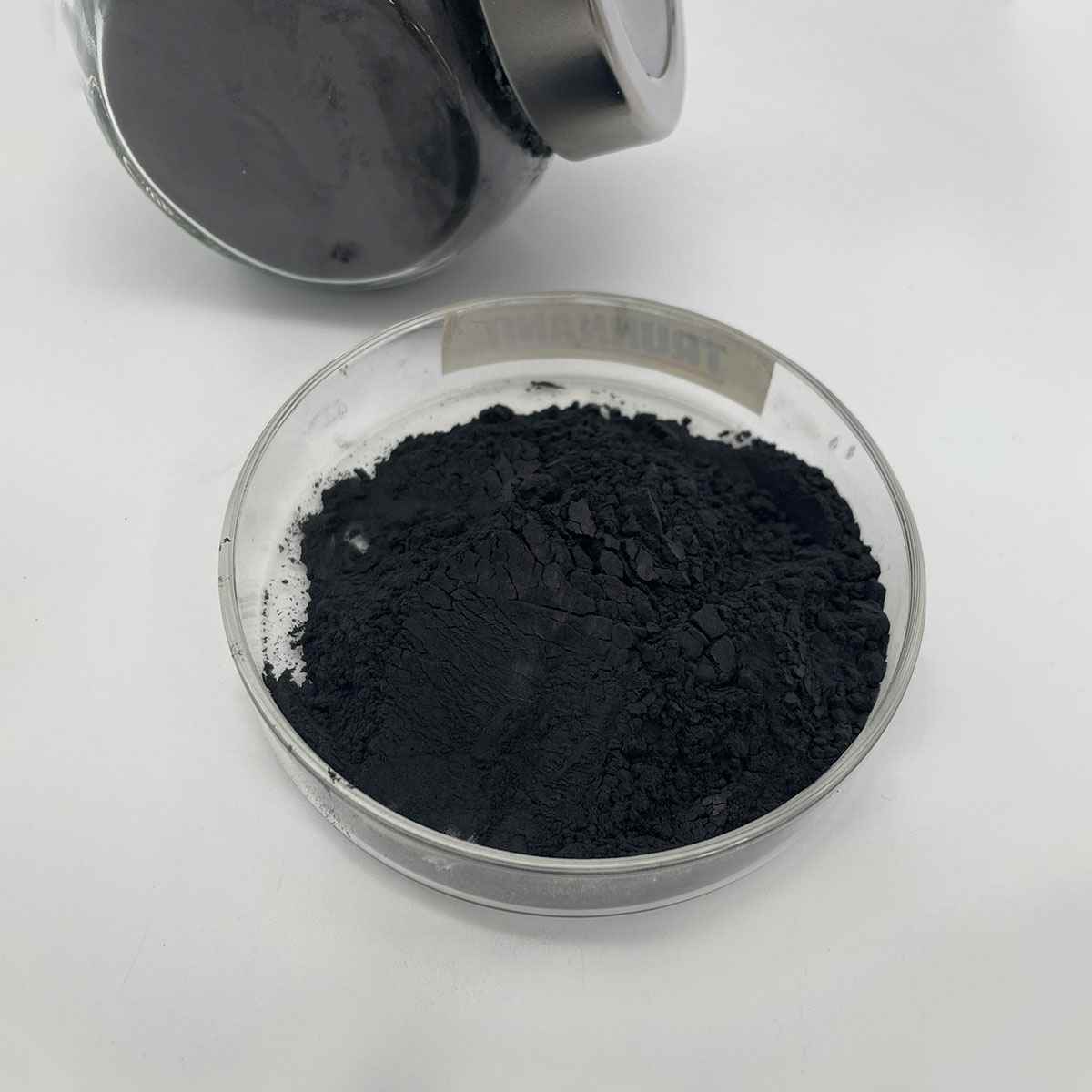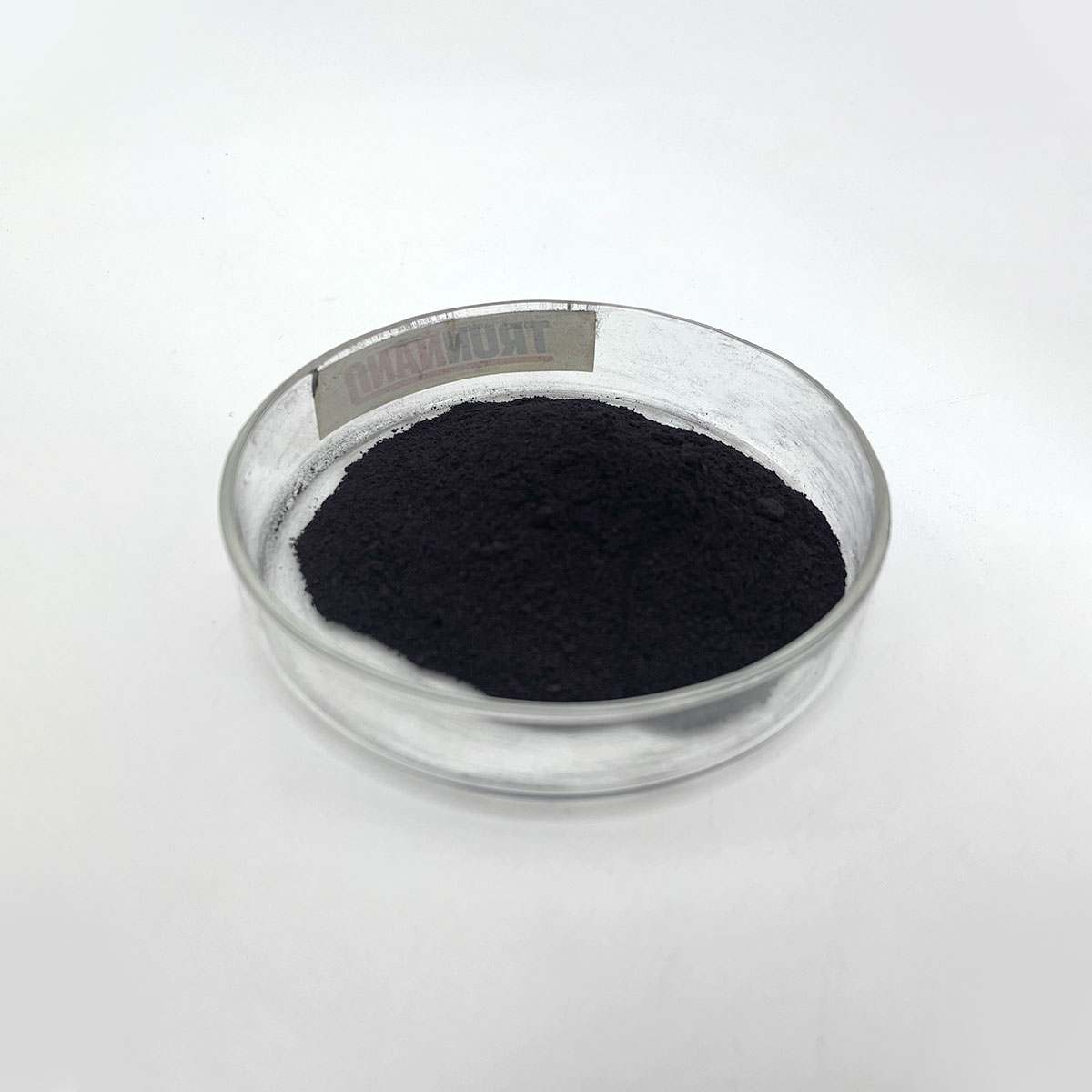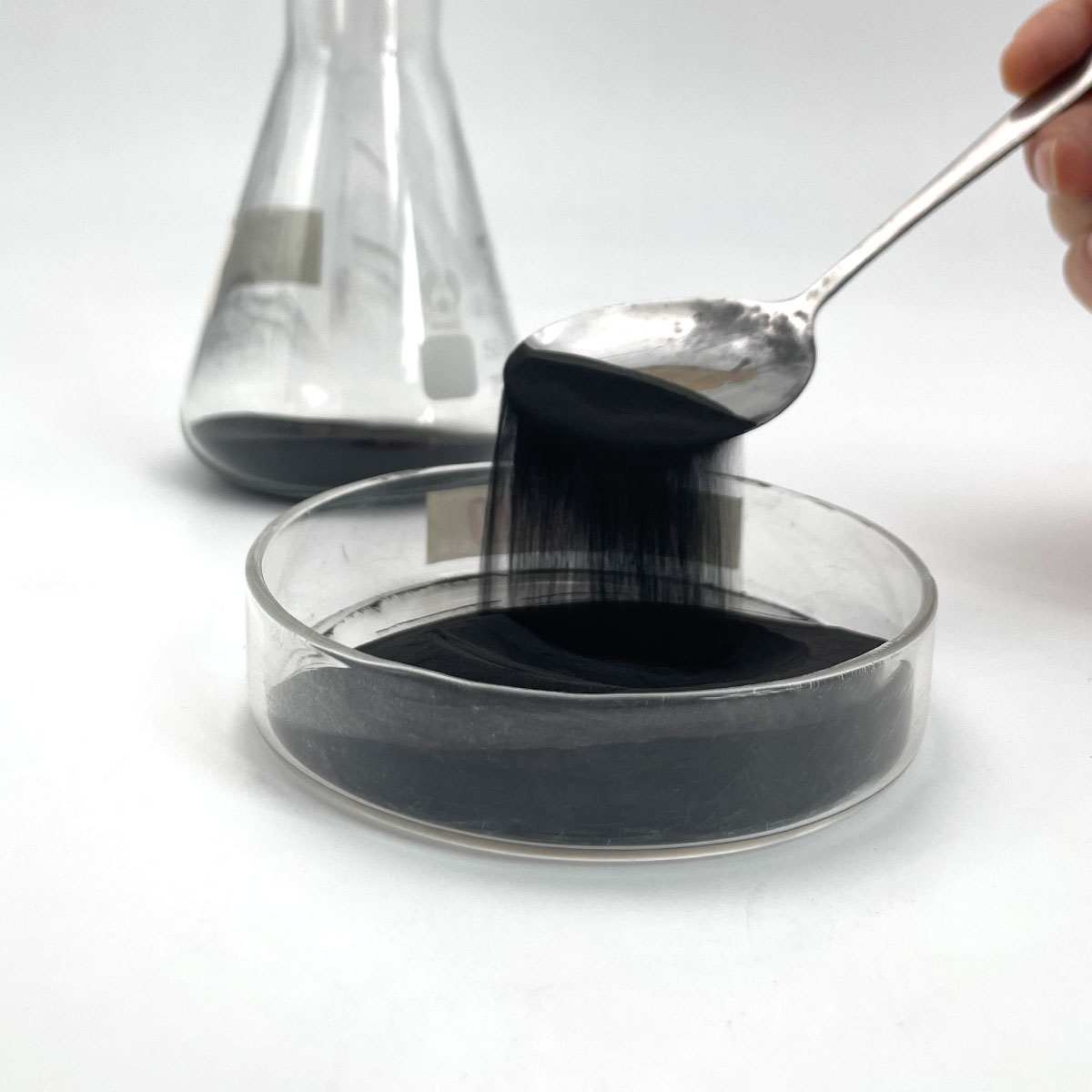Overview of Tantalum Powder
Metal powder is a common form of metal that has been processed into fine particles, ranging from a few micrometers to over 100 microns in diameter. It plays a crucial role in various industrial applications due to its unique properties and versatility.
Features of Tantalum Powder
Physical Characteristics
Particle Size: Ranging from nanometers to hundreds of micrometers, the size distribution significantly influences the powder’s flowability, packing density, and sintering behavior.
Shape: Particles can be spherical, irregular, flake-like, or dendritic, each shape affecting the final product’s mechanical properties and surface finish.
Purity: Depending on the production method, metal powders can achieve high levels of purity, critical for applications like electronics and aerospace where impurities can degrade performance.
Density: While less dense than their solid counterparts due to the presence of air between particles, metal powders can be densely packed during processing to approach the density of the solid metal.
Chemical Properties
Reactivity: Some metal powders, particularly aluminum and titanium, are highly reactive with air and moisture, necessitating careful handling and storage under inert atmospheres or vacuum.
Oxidation: Exposure to air can lead to surface oxidation, forming a passive layer that affects sintering and other processes. This can be managed through surface treatment or use of protective atmospheres.

(Tantalum Powder)
Parameters of Tantalum Powder
Tantalum powder, a high-performance metal compound, is a finely divided form of tantalum, an element with the atomic number 73 and the symbol Ta. It is extracted primarily from tantalite, a rare earth niobium-titanium oxide mineral. Tantalum’s unique properties make it indispensable in various industries, including aerospace, electronics, chemical processing, and medical applications.
The key parameters of tantalum powder include:
1. Particle Size Distribution: Tantalum powders are available in different particle sizes, typically ranging from sub-micron to several microns. The distribution is crucial for controlling the powder’s flowability, reactivity, and sintering characteristics. A narrow size distribution ensures consistent performance across different applications.
2. Purity: High purity tantalum powders, usually above 99.9%, are essential for maintaining the material’s inherent properties. Impurities can affect the mechanical strength, corrosion resistance, and electrical conductivity of the final product.
3. Density: Tantalum has a high density of approximately 16.65 g/cm³, which contributes to its excellent strength-to-weight ratio. This makes it ideal for lightweight yet robust components in aerospace and automotive industries.
4. Chemical Stability: Tantalum is highly resistant to corrosion due to its strong oxide layer, making it suitable for use in harsh environments. Its stability against acids, alkalis, and molten salts ensures long-term reliability.
5. Thermal Conductivity: Tantalum has excellent thermal conductivity, around 21 W/m·K, which is important for heat dissipation in electronic components and heat exchangers.
6. Electrical Conductivity: Tantalum is a good conductor of electricity, with a resistivity of about 5.8 × 10⁻⁸ Ω·m, making it suitable for use in capacitors, microelectronics, and other electronic devices.
7. Mechanical Properties: Tantalum powder exhibits high strength and hardness, with a yield strength of around 1200 MPa and a tensile strength of 1600-2000 MPa. These properties allow for the fabrication of parts that can withstand significant stress.
8. Sinterability: The ability to form a dense, cohesive structure when heated is critical for tantalum powders used in applications like investment casting or additive manufacturing. Good sinterability is influenced by factors such as particle shape, size, and surface chemistry.
9. Processing Techniques: Tantalum powders can be produced through various methods, including ball milling, gas atomization, and electrochemical techniques. Each process affects the powder’s properties and cost, making it essential to choose the right method for specific applications.
10. Health and Safety: Although tantalum is generally considered safe, handling precautions are necessary due to its toxicity. Proper ventilation, protective gear, and adherence to safety guidelines are vital to prevent inhalation hazards.
In summary, tantalum powder is characterized by its exceptional combination of properties, making it a versatile material in numerous industries. Understanding these parameters is essential for selecting the appropriate grade and optimizing its performance in specific applications.

(Tantalum Powder)
FAQs of Tantalum Powder
Inquiry us






